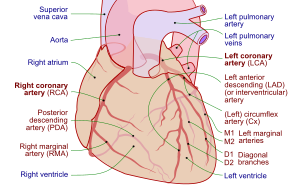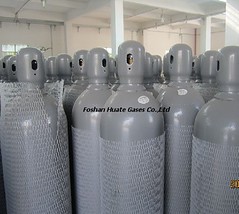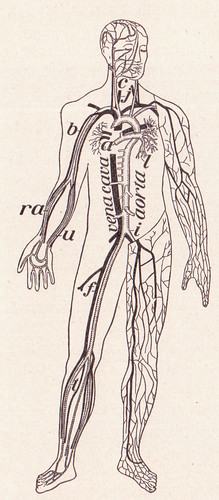
It wasn’t on purpose that I ended up with the movie “First Do No Harm” playing on my computer on January 1, 2014. But the timing was convenient in the sense that today is the day a whole bunch of the 45 million Americans who previously didn’t have medical insurance will start having coverage.
The movie is about a family being torn to pieces financially and emotionally while dealing with their little boy’s epilepsy. It touches on the devastating consequences possible when medical insurance is absent or inadequate to the task for a major illness – a question this new law hopes to make obsolete now for many more in the United States.
Plus the movie touches on the powerfully important question of how blindly we are required to trust in our doctors when the treatment appears to be worse than the illness. Read my previous review of the book, Your Medical Mind, about patients feeling empowered about making choices in treating serious health challenges.
I wish for 2014 that allowing millions more Americans to gain health insurance will save more lives and improve the quality of life for millions – and will not in any important way negatively affect those who already had it. And that we all will have doctors who are open to listening when we’re confused or find new information.
Happy new year.






















